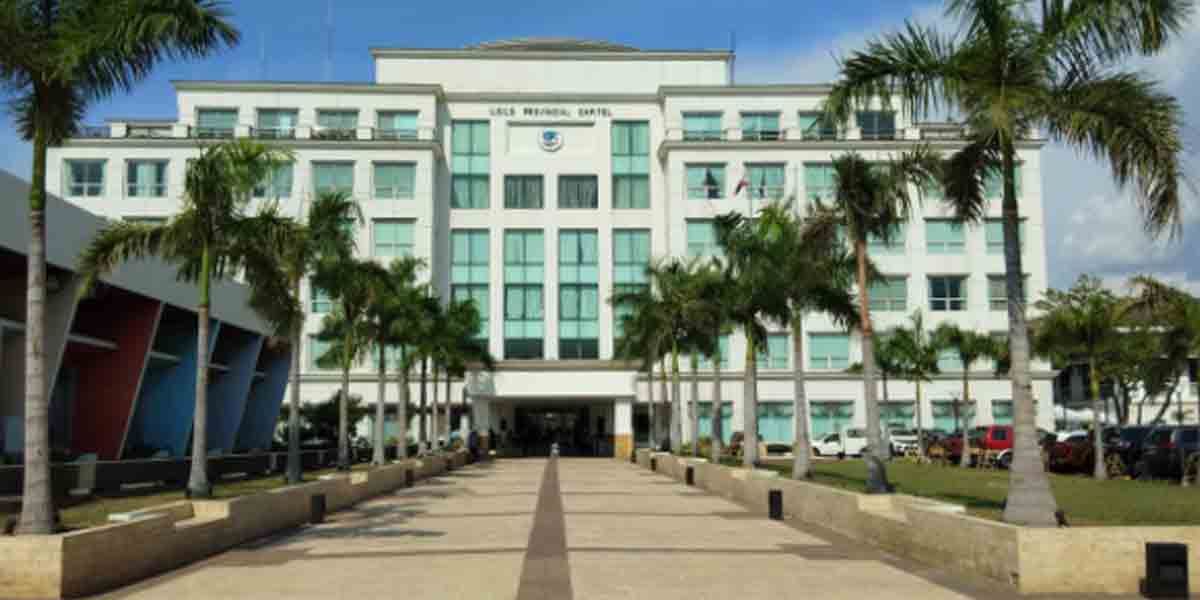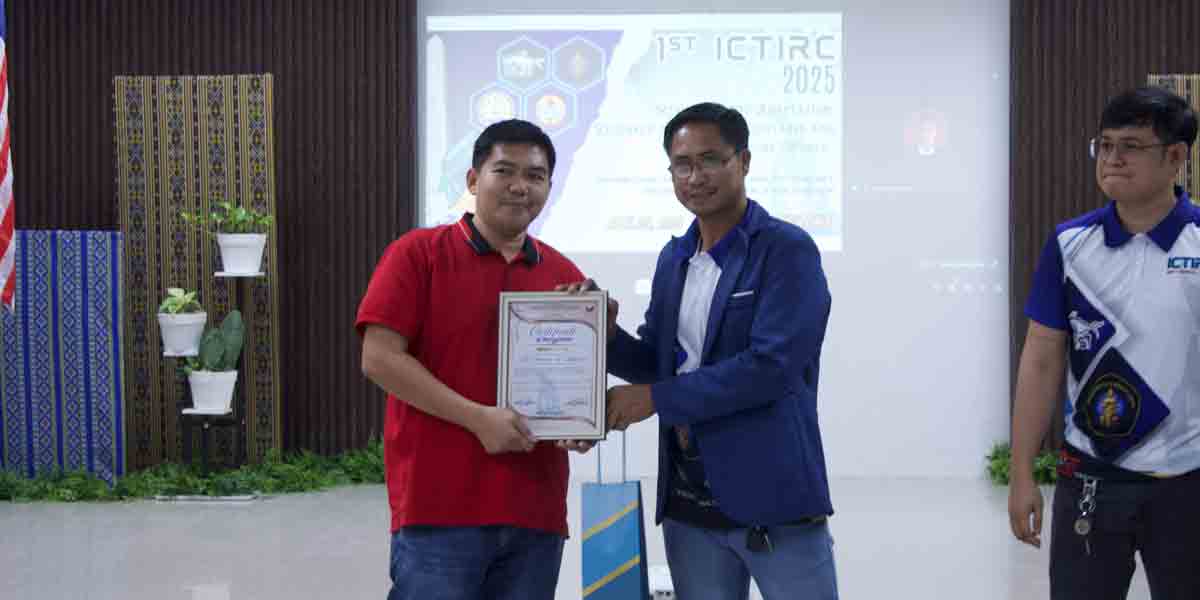By Nigel Green
Singapore Prime Minister Lee Hsien Loong has disclosed that a private agreement was secured to have Taylor Swift perform exclusively in the city-state during her The Eras Tour, preventing her from staging performances in other Southeast Asian nations.
″(Our) agencies negotiated an arrangement with her to come to Singapore and perform and to make Singapore her only stop in Southeast Asia,” he said at a press conference at a regional summit in Melbourne, according to news reports.
The grant to Swift’s promoters has evolved into a diplomatic challenge for Singapore, drawing disapproval from neighboring nations for orchestrating a deal that excluded them from the most lucrative concert tour in history.
Swift will play six nights at Singapore’s National Stadium and nowhere else in Southeast Asia. The concerts promise to be a major tourist draw and revenue earner for the city-state, with “Swifties” arriving from across the region to catch her live act at the 55,000-seat venue.
According to reports from local media, Joey Salceda, a member of the Philippine House of Representatives, remarked that such actions are not in line with the conduct “expected of good neighbors.” He further asserted that these agreements contradict the principles upheld by the Association of Southeast Asian Nations (ASEAN).
This row underscores how competition between ASEAN economies is hotting up. While the Swift row will continue to infuriate some, the growing intraregional competition will appeal to global investors.
ASEAN, comprising 10 diverse nations, is undergoing transformative changes driven by economic growth, policy reforms and strategic collaborations.
ECONOMIC GROWTH AND INTEGRATION
ASEAN nations collectively boast impressive economic growth rates, establishing the region as a powerhouse in the global economy.
The commitment to economic integration through initiatives like the ASEAN Economic Community (AEC) has fuelled cross-border collaborations, presenting a new unified economic front to the world.
As individual economies strive to outpace one another, this collective growth becomes a significant attraction for global investors seeking diverse investment avenues, particularly in the “de-risking” from China age.
Vietnam, for example, has emerged as a standout performer in recent years, recording robust economic growth and establishing itself as a key player in the region.
Its proactive engagement in trade agreements such as the Comprehensive and Progressive Agreement for Trans-Pacific Partnership (CPTPP) has heightened its appeal to investors around the world.
INFRASTRUCTURE DEVELOPMENT
Competition among ASEAN economies is further intensified by the race to develop and enhance infrastructure.
Governments across the region are investing heavily in building modern transportation networks, digital infrastructure and sustainable energy systems.
This not only addresses domestic needs but also positions these nations as attractive hubs for businesses and investors seeking efficient connectivity.
A case in point is Indonesia’s ambitious infrastructure projects, including the scheduled development of a new capital city, showcasing the nation’s commitment to creating a modern and well-connected environment.
These initiatives not only boost domestic development but also attract global investors eyeing opportunities in construction, technology and related sectors.
TECHNOLOGY, INNOVATION AND TRADE
The technology and innovation landscape in ASEAN is evolving rapidly, creating an environment of healthy competition. Nations are investing in digital transformation, fostering startup ecosystems and embracing “Industry 4.0.”
This tech-driven race is not only enhancing the competitiveness of individual economies but also positioning ASEAN as a rising force in the global tech arena.
Singapore’s “Smart Nation” initiative exemplifies the city-state’s commitment to leveraging technology for sustainable development.
With a focus on areas like artificial intelligence, cybersecurity and smart urban solutions, Singapore is positioning itself as a regional tech hub, drawing interest from global investors keen on the burgeoning tech scene.
ASEAN’s proactive engagement in regional and global trade agreements is creating a web of interconnected markets, offering expanded opportunities for investors.
The signing of agreements such as the Regional Comprehensive Economic Partnership (RCEP) and ongoing negotiations with major economies contribute to the appeal of ASEAN nations as gateways to diverse and expansive markets.
DEMOGRAPHIC DIVIDENDS
With sizable and youthful populations, many economies in the region possess a demographic advantage that appeals to investors.
The Philippines, with its youthful population and English-speaking workforce, is a prime example, and has long been a destination for business process outsourcing (BPO) and shared services.
As the race for trade and investment among these economies continues, savvy global investors are closely monitoring the developments, recognizing the vast potential and opportunities that the vibrant region holds.
The sizzling competition is not only reshaping the ASEAN landscape but also positioning it as a key player in the global economic environment. Not to mention the Taylor Swift concert circuit.






















